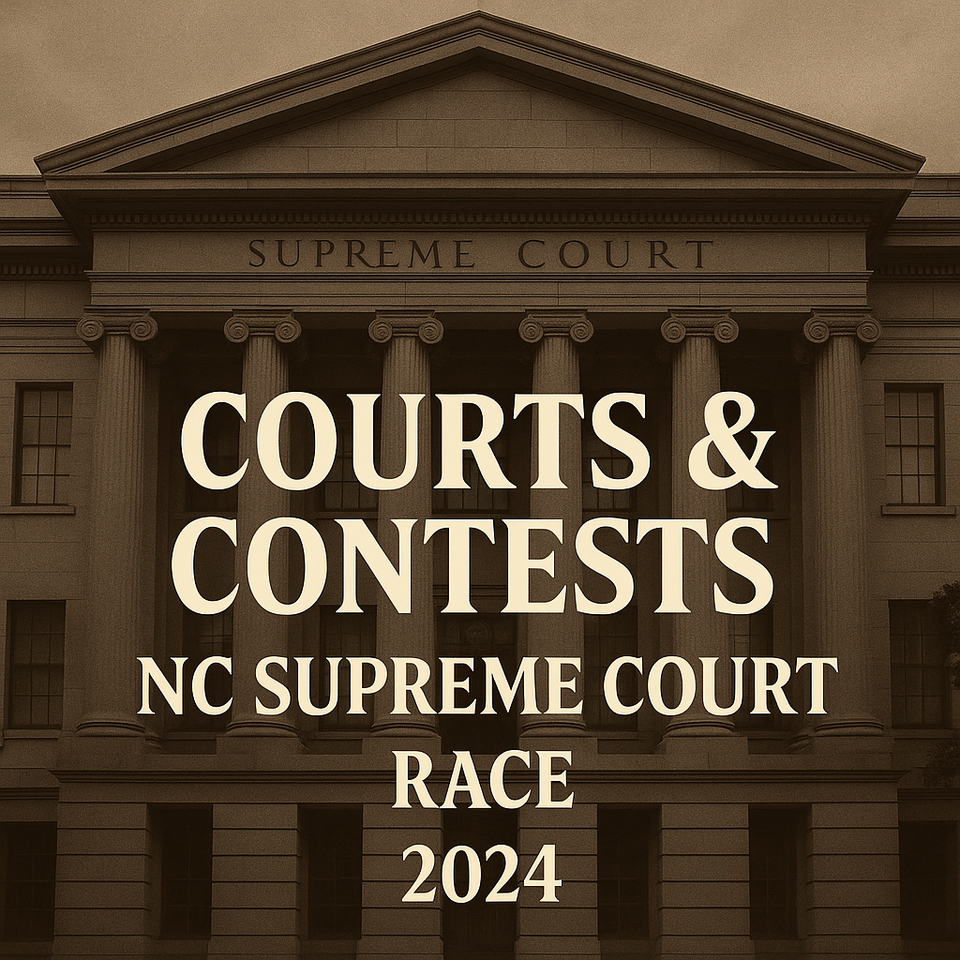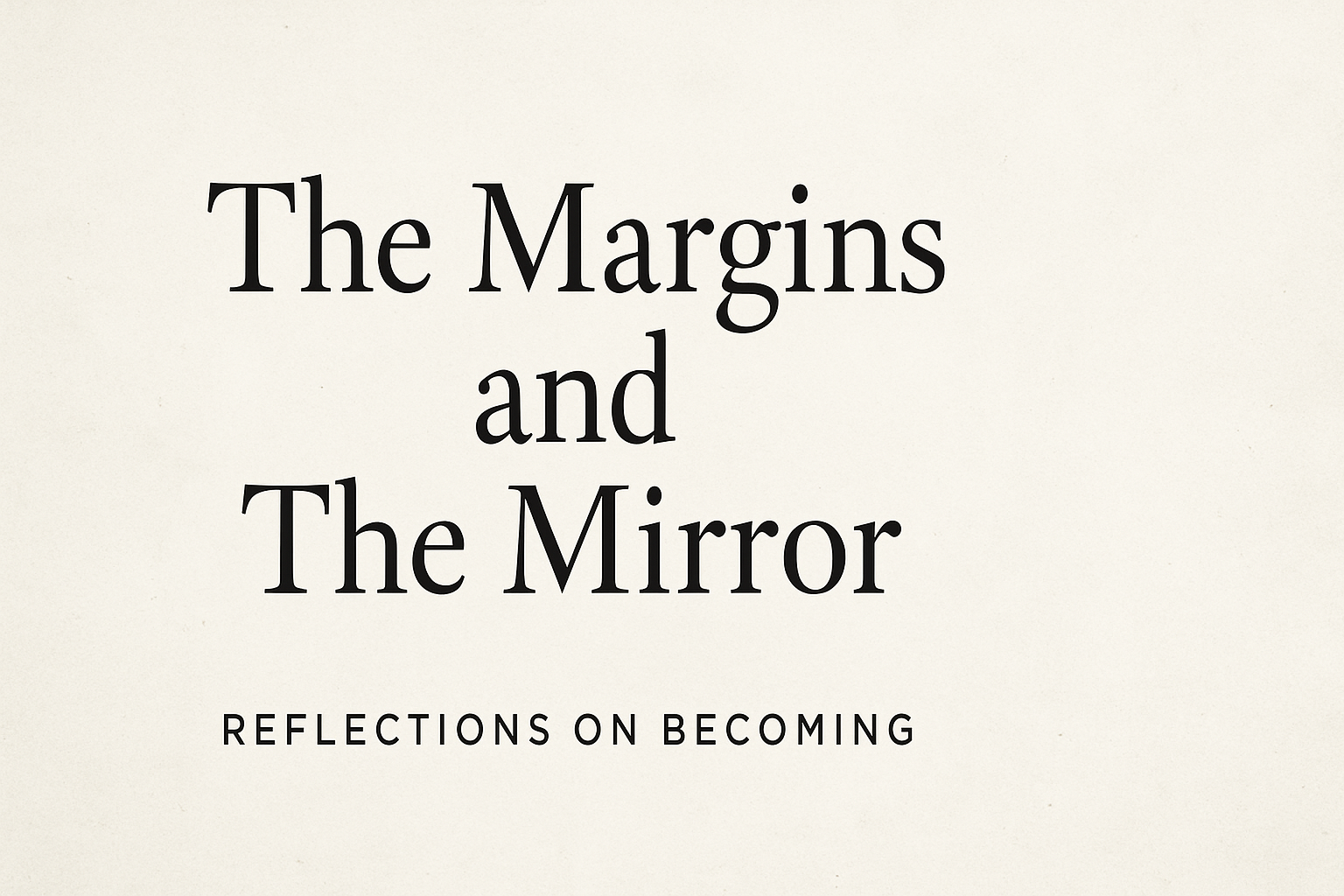🧱 Part IV: Courts & Contests — Anatomy of the 2024 NC Supreme Court Race (Concession)

Democracy isn’t just decided in presidential elections or mass protests. It’s shaped in places most people don’t see—like down-ballot judicial races.
In 2024, North Carolina’s Supreme Court race became one of those quiet-but-critical battles. What was at stake wasn’t just legal philosophy—it was the architecture of democracy itself.
At the center was a single seat. Control of the court was split, and that seat would tip the balance on issues like:
- Voting rights
- Redistricting and gerrymandering
- Abortion access
- Public school funding
- Executive power during emergencies
The Republican candidate, backed by deep national PAC money and far-right media, ran a campaign rooted in “election integrity” and “parental rights”—coded language that tapped into post-2020 fear and moral panic. The Democratic challenger, a well-respected jurist, focused on precedent, equity, and constitutional protection.
The result? A narrow Republican victory—and with it, a 5–2 conservative majority on the state’s highest court.
This race didn’t make headlines like a presidential primary. But its impact is arguably greater for North Carolinians. The court’s new makeup means:
- Gerrymandered maps will likely stand, diluting urban and Black voting power.
- Future voting restrictions will face fewer legal hurdles.
- Social policy challenges (trans rights, environmental protection) will encounter ideological roadblocks.
And maybe most damaging: public trust in judicial neutrality is slipping. Courts are no longer perceived as impartial. They're seen—accurately in many cases—as political.
This isn’t accidental. It’s strategy. As legislative overreach gets challenged, courts become the last gatekeepers—or the easiest loophole.
North Carolina is the canary in the coal mine. What happens here tells us what’s coming nationally.
📌 Coming Next:
Part V: Breaking the Pattern — Strategies for Lasting Reform
→ We end the series with what can be done. Not just what to resist—but what to build. Coalitions. Laws. Movements. A better democracy—starting where it first broke. Read part V and previous installments at North Carolina Again and As Usual

